20 Amazing Sights To See In Germany
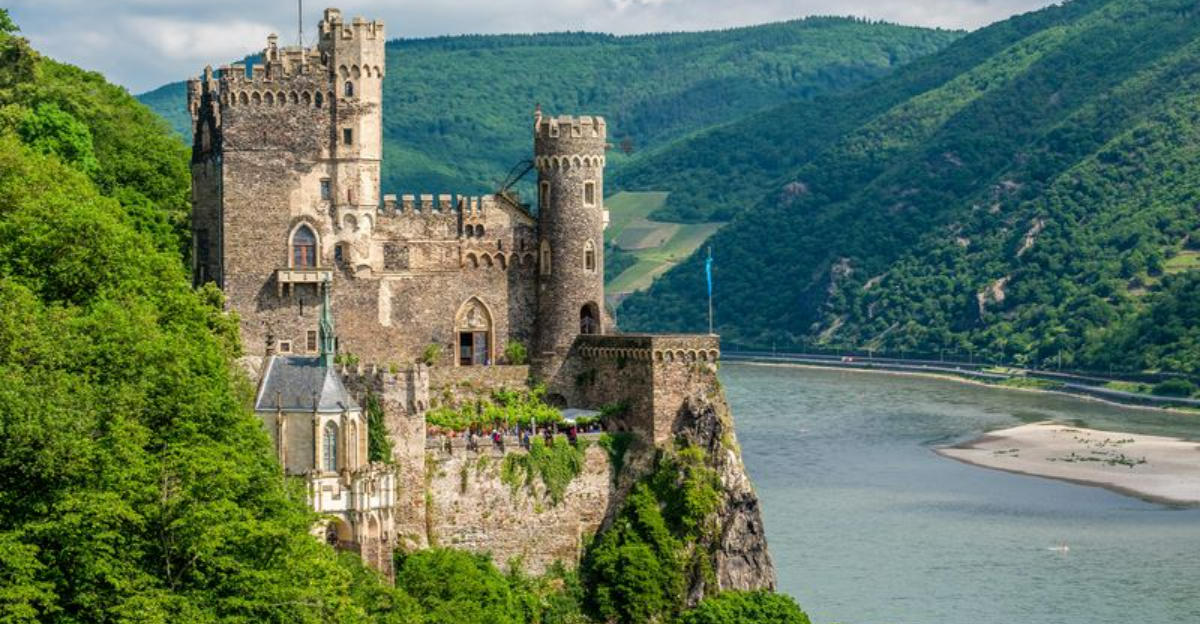
Germany captivates visitors with its stunning blend of natural wonders, historic architecture, and vibrant cultural scenes. From fairy-tale castles perched on hilltops to bustling modern cities with centuries of stories to tell, this European gem offers something for every traveler.
I’ve explored this diverse country extensively and gathered the most breathtaking sights you absolutely must experience during your German adventure.
1. Neuschwanstein Castle
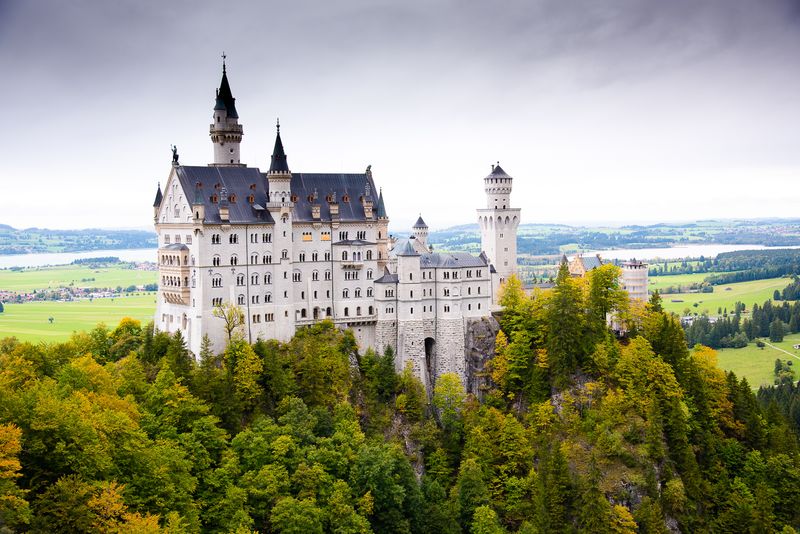
Ever dreamed of stepping into a real-life fairy tale? This magnificent 19th-century palace nestled in the Bavarian Alps will transport you straight into one. King Ludwig II commissioned this dreamy retreat as his personal hideaway.
The castle’s soaring turrets and dramatic mountain backdrop inspired Walt Disney’s Sleeping Beauty Castle. During summer months, I recommend booking tickets weeks in advance to avoid disappointment. The interior’s Byzantine, Romanesque, and Gothic elements create an atmosphere of pure magic.
2. Brandenburg Gate
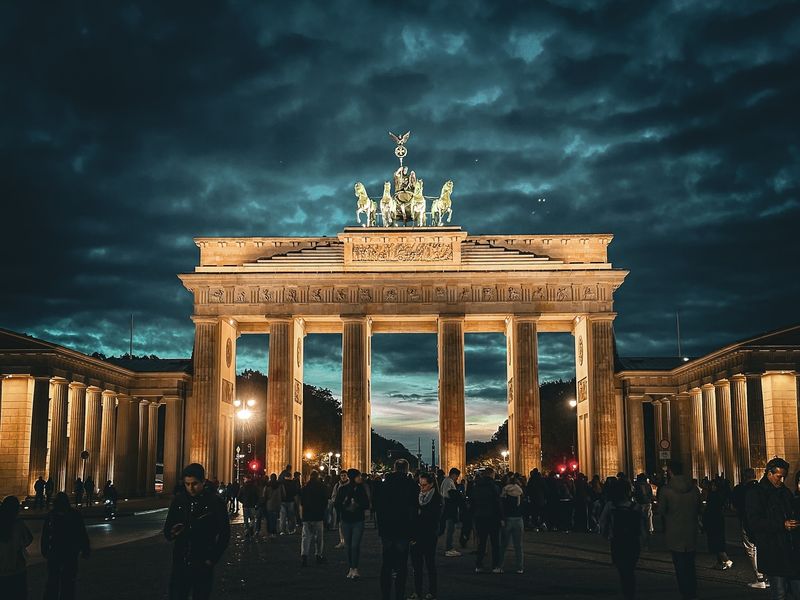
Standing before this iconic 18th-century neoclassical monument in Berlin feels like touching history itself. Once a symbol of division during the Cold War, it now represents German unity and peace.
At night, the illuminated columns create a particularly dramatic scene worth capturing. I love visiting during national celebrations when the area buzzes with energy. The gate has witnessed Napoleon’s victorious march, Nazi parades, JFK’s famous speech, and the fall of the Berlin Wall – truly a silent witness to Germany’s complex past.
3. Cologne Cathedral
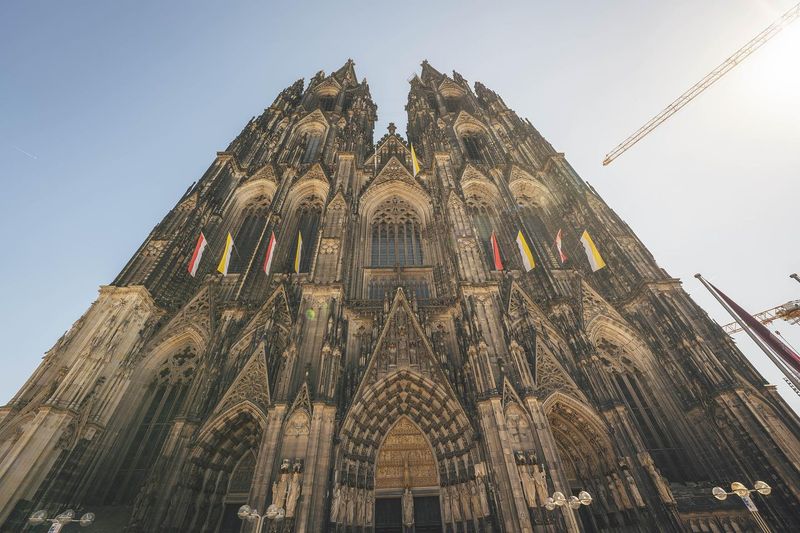
My jaw dropped when I first glimpsed this Gothic masterpiece towering over Cologne’s skyline. Construction began in 1248 but wasn’t completed until 1880 – that’s over 600 years of dedicated craftsmanship!
For the best experience, climb the 533 steps to the south tower for breathtaking Rhine River views. Inside, the stained glass windows filter sunlight into rainbow patterns across the stone floor. The cathedral houses the Shrine of the Three Kings, believed to contain the remains of the Three Wise Men, making it one of Christianity’s most important pilgrimage sites.
4. The Berlin Wall Memorial
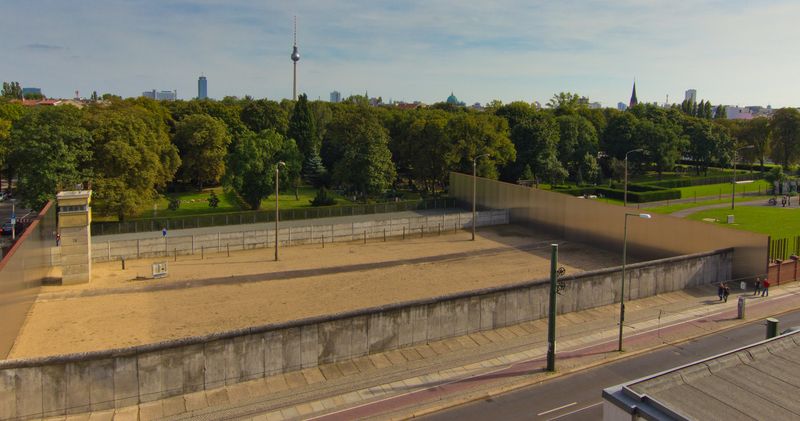
Walking along the preserved sections of this infamous barrier, I felt the weight of history with each step. The memorial stretches 1.4 kilometers along Bernauer Strasse, preserving the only section with the complete border fortification system.
Documentation Center exhibits tell personal stories of divided families and daring escapes. The observation tower provides a bird’s-eye view of what was once the “death strip.” Scattered throughout are haunting reminders: ghost stations, escape tunnels, and memorial crosses for those who lost their lives seeking freedom.
5. Rothenburg ob der Tauber
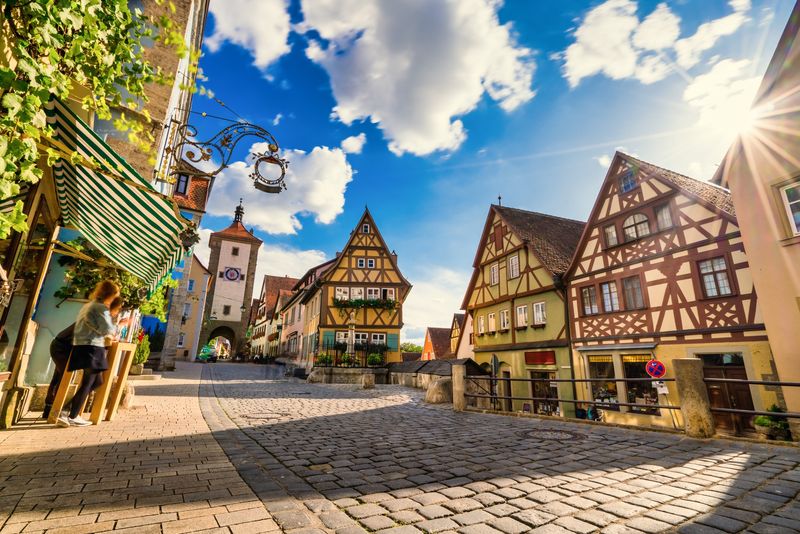
Stepping through the gates of this medieval walled town feels like traveling back to the 16th century. Miraculously preserved from World War II destruction, its colorful half-timbered houses and cobblestone streets remain virtually unchanged for hundreds of years.
During December, the Christmas market transforms the town square into a winter wonderland. I recommend taking the Night Watchman’s Tour for entertaining historical stories. The view from the Town Hall tower reveals a sea of red-tiled roofs. Don’t miss trying schneeballen (snowballs) – crispy pastry balls covered in powdered sugar or chocolate.
6. Museum Island
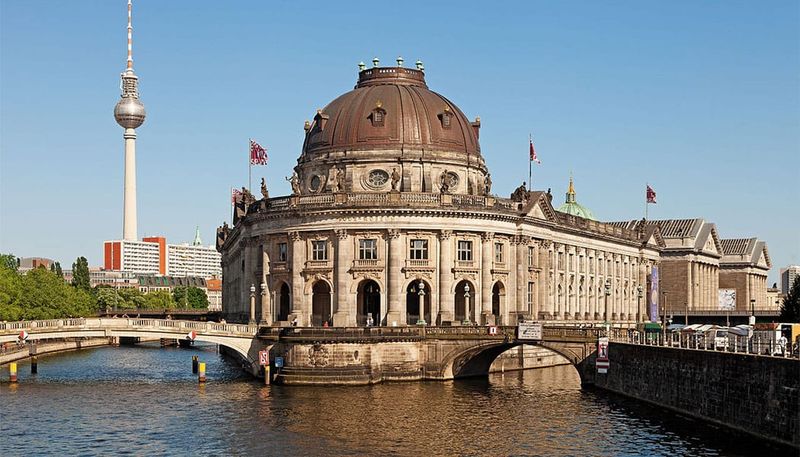
Art lovers rejoice! This UNESCO World Heritage site in Berlin houses five world-class museums on a small island in the Spree River. Each building is an architectural masterpiece in its own right.
The Pergamon Museum’s reconstructed ancient structures will leave you speechless – especially the massive Ishtar Gate of Babylon. I spent an entire day wandering through the collections but still didn’t see everything. The Berlin Cathedral nearby provides a perfect backdrop for photos. Consider purchasing a Museum Pass if you plan to visit multiple collections.
7. The Rhine Valley
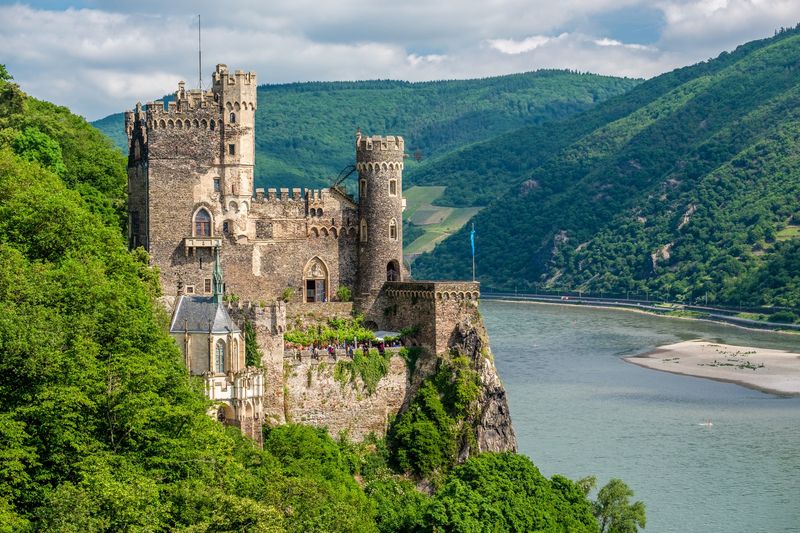
Cruising down this legendary river between Bingen and Bonn offers views that inspired generations of poets and painters. Medieval castles perch dramatically on clifftops while vineyards cascade down hillsides toward charming riverside villages.
Autumn brings spectacular foliage colors, but summer allows for swimming and kayaking adventures. I recommend stopping at Bacharach for wine tasting – their Riesling is world-famous. The Lorelei Rock marks where legend claims a beautiful siren lured sailors to their doom with her enchanting songs. Many castles offer overnight stays for a truly unforgettable experience.
8. The Romantic Road
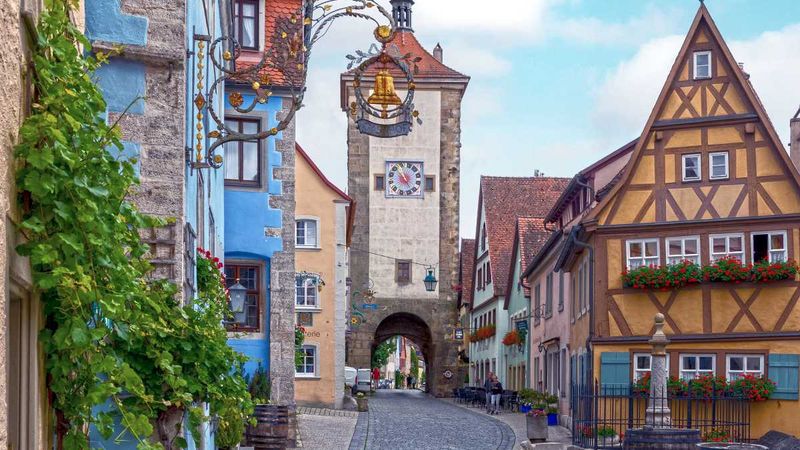
This 350-kilometer scenic route through southern Germany connects charming medieval towns and fairy-tale castles. Created in the 1950s to boost tourism, it’s now one of the country’s most beloved attractions.
Driving between flower-filled meadows and rolling hills, I discovered hidden gems like Dinkelsbühl with its 16 perfectly preserved watchtowers. Though enjoyable by car, cycling portions of the route lets you appreciate details you’d otherwise miss.
Each town along the way specializes in different traditional crafts and foods – from hand-blown glass to lebkuchen (gingerbread). Spring brings wildflowers while autumn offers harvest festivals.
9. Dresden Frauenkirche
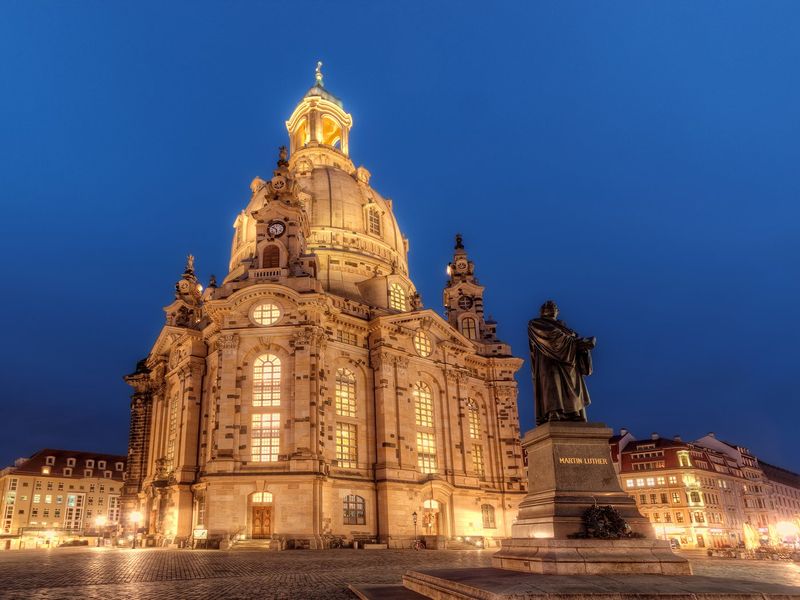
When I first saw this magnificent baroque church, it was hard to believe it had been reduced to rubble during WWII bombings. Painstakingly reconstructed using original stones (visible as darker blocks among newer ones), it stands as a powerful symbol of reconciliation and resilience.
The interior’s pastel colors and ornate details create an atmosphere of serene grandeur. For a small fee, climb to the dome’s observation platform for panoramic views of Dresden. The church hosts regular concerts that showcase its remarkable acoustics. At night, floodlights illuminate the sandstone exterior to breathtaking effect.
10. Heidelberg Castle
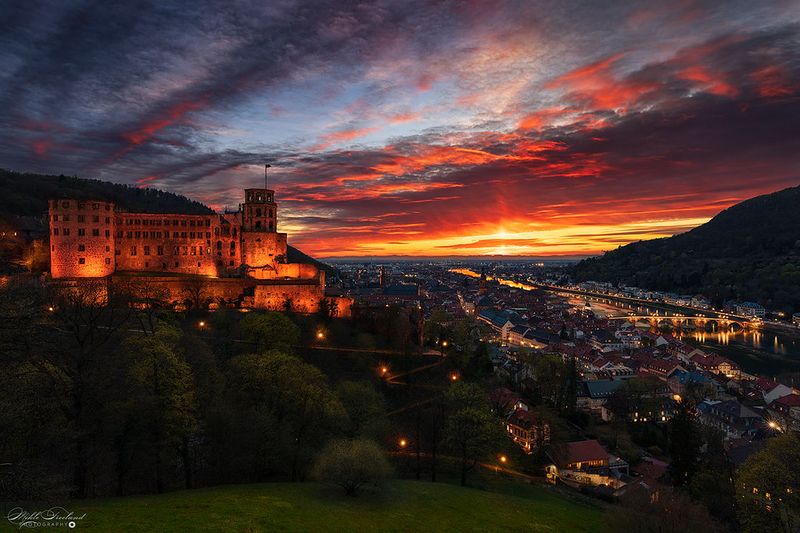
Perched dramatically above the charming university town, these magnificent Renaissance ruins have inspired poets and painters for centuries. Though partially destroyed by lightning and war, what remains exudes romantic melancholy.
Inside the castle courtyard, different architectural styles reveal its evolution across 300 years. Don’t miss the world’s largest wine barrel in the cellar – it holds 220,000 liters! I recommend timing your visit for sunset when golden light bathes the red sandstone walls.
The view from the terrace across the Neckar River and old town’s red roofs is absolutely worth the uphill climb.
11. Zugspitze
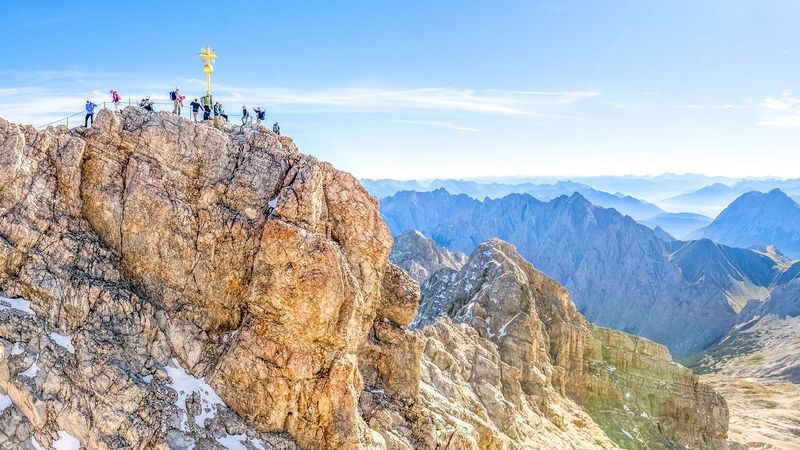
Standing atop Germany’s highest peak (2,962 meters), I felt like I was floating above the world. The panoramic views extend across four countries – Germany, Austria, Italy, and Switzerland.
Three different cable cars make the ascent accessible to everyone, not just mountaineers. The glacier plateau offers year-round skiing, while summer brings hiking opportunities through alpine meadows filled with wildflowers. I was surprised to find a beer garden at the summit! On clear days, you can see over 400 mountain peaks stretching to the horizon.
12. Hamburg’s Speicherstadt
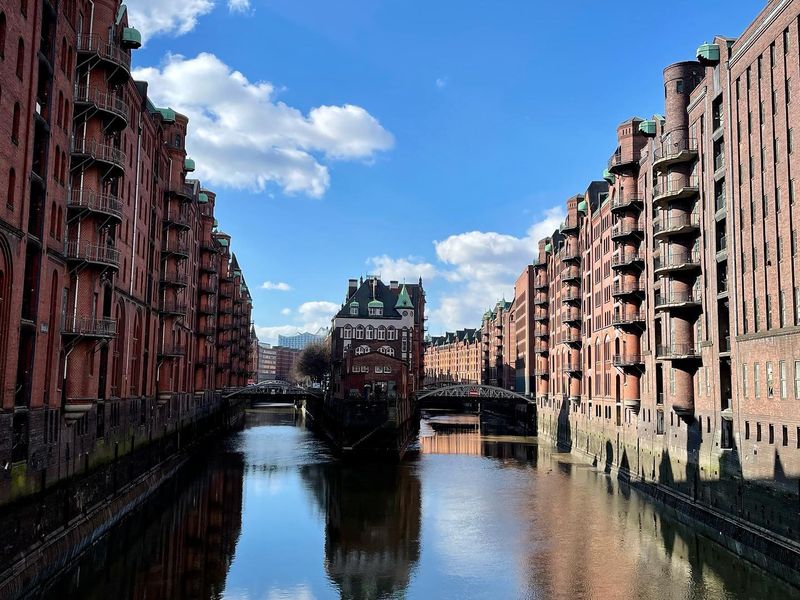
Wandering through this network of red-brick warehouses built on oak piles along canals feels like exploring a maritime cathedral. As the world’s largest warehouse complex, it once stored exotic goods like coffee, tea, and spices from around the globe.
Today, the UNESCO-listed district houses museums, showrooms, and restaurants. The Miniatur Wunderland inside contains the world’s largest model railway. At night, special lighting transforms the brick facades and bridges into a magical scene. I recommend taking a canal boat tour for the most atmospheric perspective of this unique architectural ensemble.
13. Sanssouci Palace
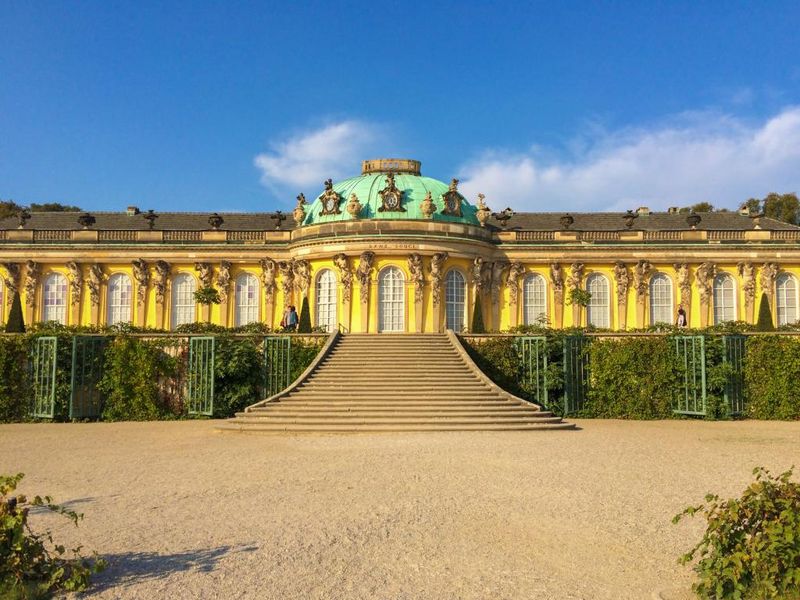
Frederick the Great built this summer retreat in Potsdam to escape court etiquette – “sans souci” means “without worries” in French. The single-story rococo palace resembles a fancy garden villa more than an imposing royal residence.
Walking through the terraced vineyards toward the yellow facade, I felt the king’s desire for intimacy and relaxation. Inside, the circular library and concert room reveal his passion for philosophy and music. The surrounding park contains hidden temples, an orangery, and the Chinese Tea House. Visit on weekdays to avoid crowds and bring comfortable shoes – the gardens are extensive!
14. Nuremberg’s Old Town
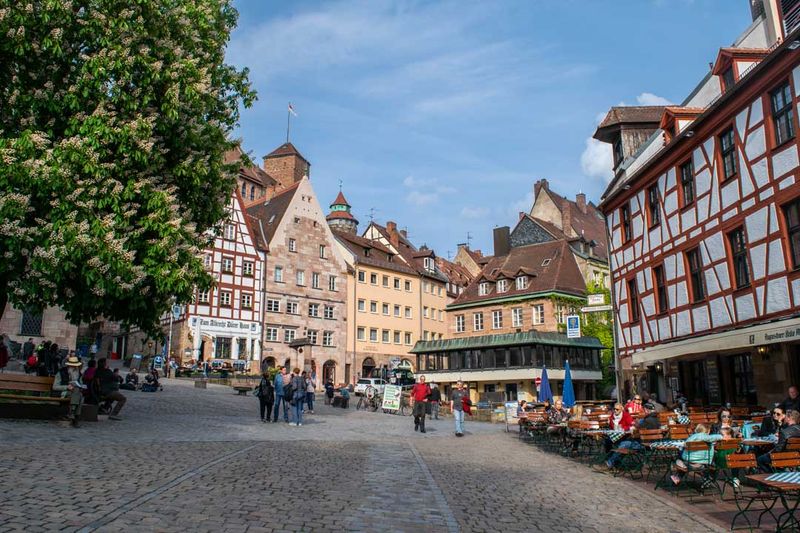
Though heavily damaged during WWII, this medieval city has been lovingly restored to its former glory. The massive imperial castle watches over narrow streets filled with half-timbered houses and Gothic churches.
During December, the Christkindlesmarkt transforms the main square into a wonderland of lights, crafts, and spiced wine aromas. I recommend trying the city’s famous small bratwurst – traditionally served three in a roll. The Germanic National Museum houses treasures spanning German cultural history. For a unique perspective, explore the network of underground beer cellars that honeycomb the sandstone beneath the city.
15. The Bastei Bridge
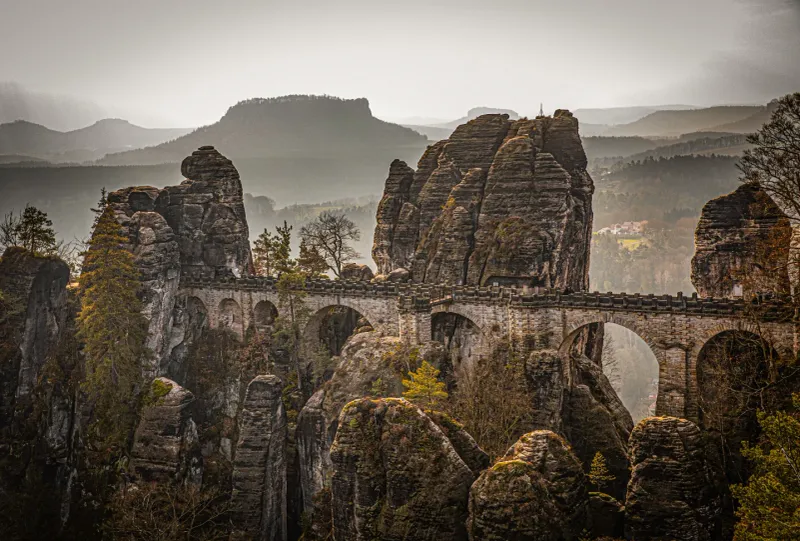
My first glimpse of this stone bridge spanning dramatic rock formations in Saxon Switzerland National Park literally took my breath away. Rising 194 meters above the Elbe River, it connects towering sandstone pillars formed over a million years ago.
Early morning visits reward you with fewer crowds and magical mist rising from the valley below. The bridge was originally wooden, built in 1824 for tourists, before being replaced with the current sandstone version in 1851. Nearby hiking trails offer spectacular viewpoints of the surrounding landscape.
The medieval castle ruins of Neurathen, accessible only from the bridge, add historical intrigue to natural wonder.
16. Munich’s Marienplatz
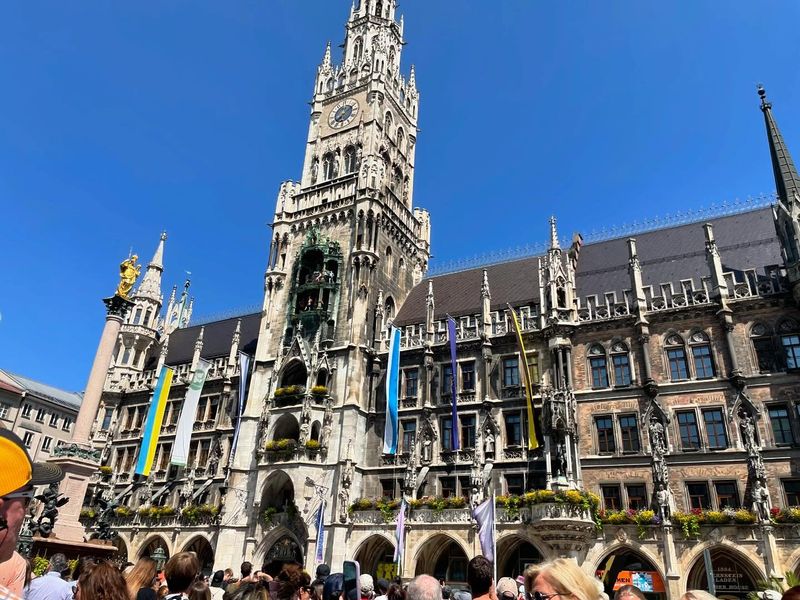
The beating heart of Bavaria’s capital has served as the city’s main square since 1158. Surrounded by architectural masterpieces, it buzzes with street performers, outdoor cafés, and locals rushing about their day.
At 11 am, 12 pm, and 5 pm (summer only), crowds gather to watch the famous Glockenspiel clock perform its 15-minute mechanical show depicting historical Bavarian events. I recommend climbing St. Peter’s Church tower for the best overhead view.
During Christmas and spring festivals, traditional market stalls fill the square with color and delicious aromas. The New Town Hall’s neo-Gothic facade provides a perfect backdrop for photos.
17. Europa-Park
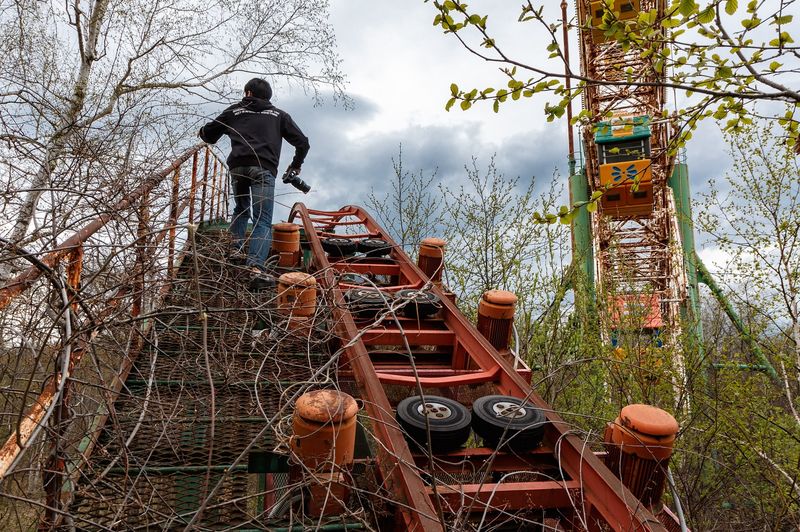
Who knew Germany’s largest theme park would be this impressive? Located near the French border, it combines thrilling rides with immersive themed areas representing 15 European countries.
Each section faithfully recreates architectural styles, cuisine, and cultural elements of its namesake nation. The wooden roller coaster WODAN reaches speeds of 100 km/h, while Silver Star’s 73-meter drop will test even seasoned thrill-seekers.
I was particularly charmed by the attention to detail in the Iceland area with its replicated volcanic landscape. Summer brings extended evening hours with magical lighting across the park.
18. Leipzig’s Monument to the Battle of the Nations
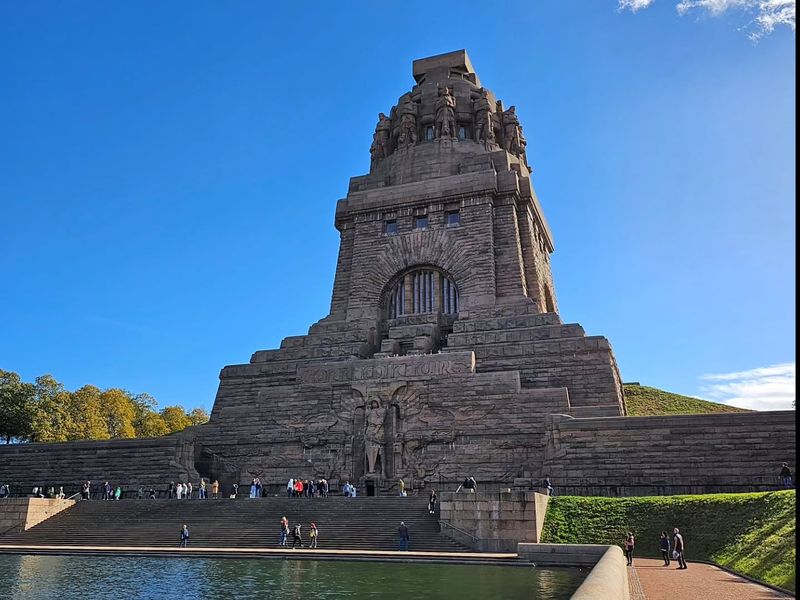
Approaching this colossal monument commemorating Napoleon’s defeat in 1813 feels like encountering something from another world. At 91 meters tall, it’s one of Europe’s largest monuments and dominates Leipzig’s skyline.
Inside, massive stone figures representing courage, sacrifice, faith, and fertility stand in solemn guard. The climb to the observation platform involves 500 steps, but elevators are available for part of the journey. What impressed me most was the atmosphere of quiet contemplation despite the structure’s imposing size.
The surrounding park provides a peaceful setting for reflection on the battle that involved over 600,000 soldiers.
19. Bamberg’s Old Town
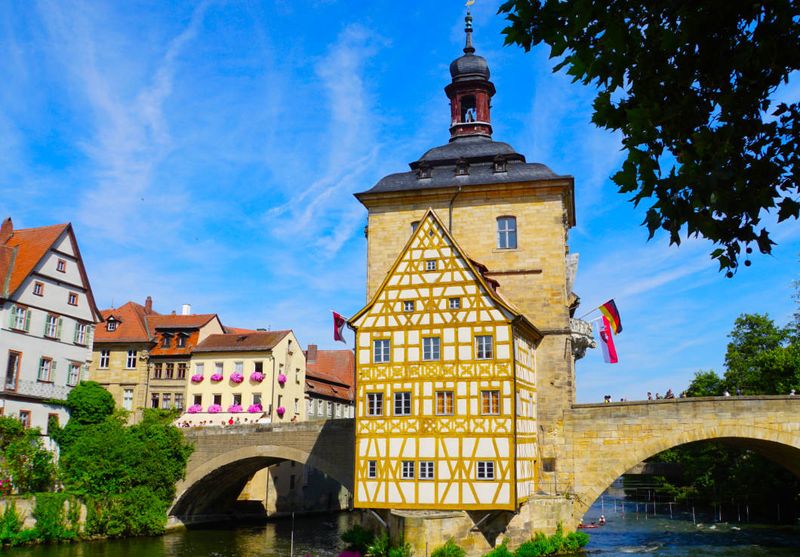
This perfectly preserved medieval gem escaped WWII bombing, leaving its architectural treasures intact across seven hills. UNESCO recognized the entire old town as a World Heritage site for its authentic representation of a central European medieval city layout.
Little Venice along the Regnitz River features colorful fishermen’s houses seemingly rising directly from the water. I recommend trying the city’s unique smoked beer (Rauchbier) while watching boats pass by. The Romanesque-Gothic cathedral houses the only papal grave in Germany. Don’t miss the Old Town Hall bizarrely built on an artificial island in the middle of the river – legend claims the bishop refused to provide land for it!
20. Berchtesgaden National Park
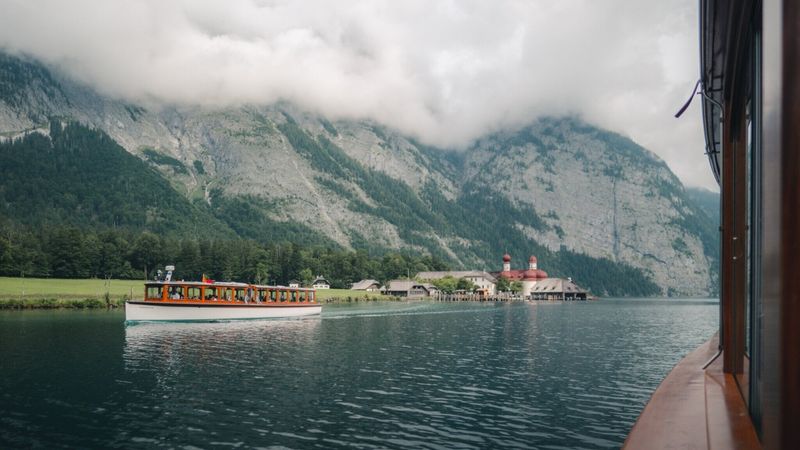
Hidden in Germany’s southeastern corner against the Austrian border lies this alpine wonderland of jagged peaks, emerald meadows, and crystal-clear lakes. The centerpiece is Königssee, perhaps Germany’s most beautiful lake, surrounded by near-vertical mountain walls.
Electric boats glide silently across the emerald waters to St. Bartholomä, a red-domed church accessible only by water. The famous echo demonstration by boat captains playing trumpets against the rock faces delights visitors of all ages. I recommend hiking to Obersee, a smaller lake beyond Königssee that feels truly untouched. During winter, the area transforms into a serene snow-covered paradise.
